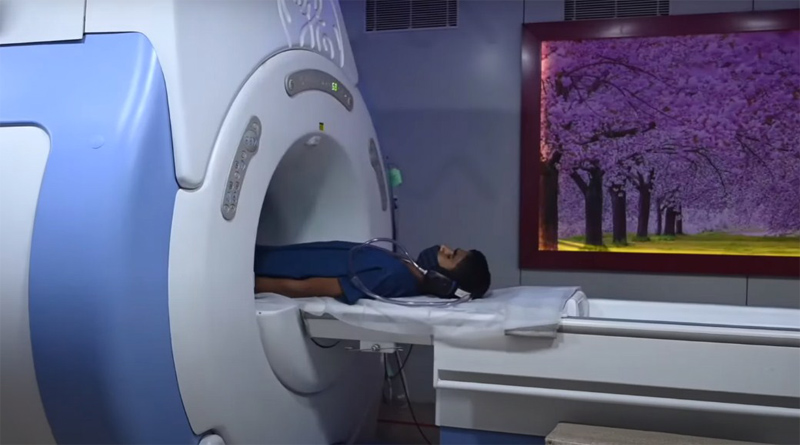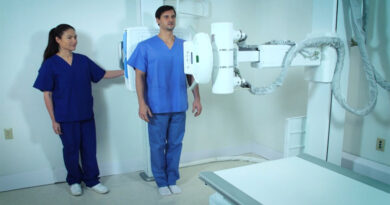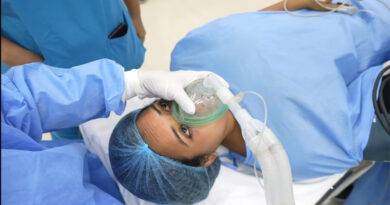What is Fluoroscopy?
| Uses | Procedure | Advances | Disadvances |
A “Fluoroscopy” is a medical treatment in which X-rays are passed through the body over time to create a real-time video of the motions inside a particular part of the body. One type of ionizing radiation is X-rays. Diagnostic imaging, or discovering the source of a health issue, can be done via fluoroscopy in cases of intestinal or cardiac disease. In orthopedic surgery, it can also be used to guide procedures like implants or injections. It facilitates the medical professional’s ability to see within bones, muscles, joints, and organs.
Even though everyone is continuously exposed to ionizing radiation from the environment, additional exposures, such as those from fluoroscopy treatments, can somewhat raise the chance of developing cancer in later life.
Using of Fluoroscopy:
Your doctor might suggest a fluoroscopy procedure to guide treatment for a specific medical problem or to diagnose a disease.
Fluoroscopy is often used in:
- Check the function of the intestines and stomach.
- Check the way food is being swallowed and the function of the throat and mouth muscles.
- Assist with the placement of catheters, stents, or other medical devices inside the body, such as in the blood arteries or heart.
- Deep spinal or joint injections (shots) guided by a guide.
- Examine broken bones to see if surgery has placed them in a healing posture.
When the advantages of fluoroscopy for your health exceed the risks, your physician will advise it.
To determine the best course of action for you or to address any questions or concerns, see your healthcare professional.
The procedure of Fluoroscopy:
A contrast dye may be used during some fluoroscopy procedures to help the medical professional imagine a particular organ or organ. The dye will be administered to you intravenous (IV) in your hand or arm, or you may be asked to consume it.
Anything that could get in the way of the treatment, like jeweler or clothing, will need to be taken off.
Positioned on the operation table, you can be requested to move a particular body part, assume alternative positions, or hold your breath intermittently while the fluoroscopy is being done, depending on the type of procedure.
Depending on the procedure, either sedation or anesthesia may be used.
Advances in Fluoroscopy:
Enables medical professionals to observe movement and function that is not visible in other fixed imaging investigations (like a picture), much like in a movie.
Sometimes saves a life through surgical treatment guidance.
Disadvances of Fluoroscopy:
Radiation portions are typically greater than those from standard imaging methods like X-rays. This indicates that having these operations done increases your chance of developing cancer at a later age by a small amount.
Certain fluoroscopy treatments use more radiation and take longer than others. These may result in hair loss and reddening of the skin.
If contrast dye is employed, some people may experience an allergic reaction.
Although fluoroscopy is not challenging in and of itself, some procedures involving it, including injecting a joint or opening an artery or vein for angiography, can be.
Depending on the procedure, the radiologist will use all available comfort measures, which may include conscious sedation, local anesthesia, or general anesthesia.



